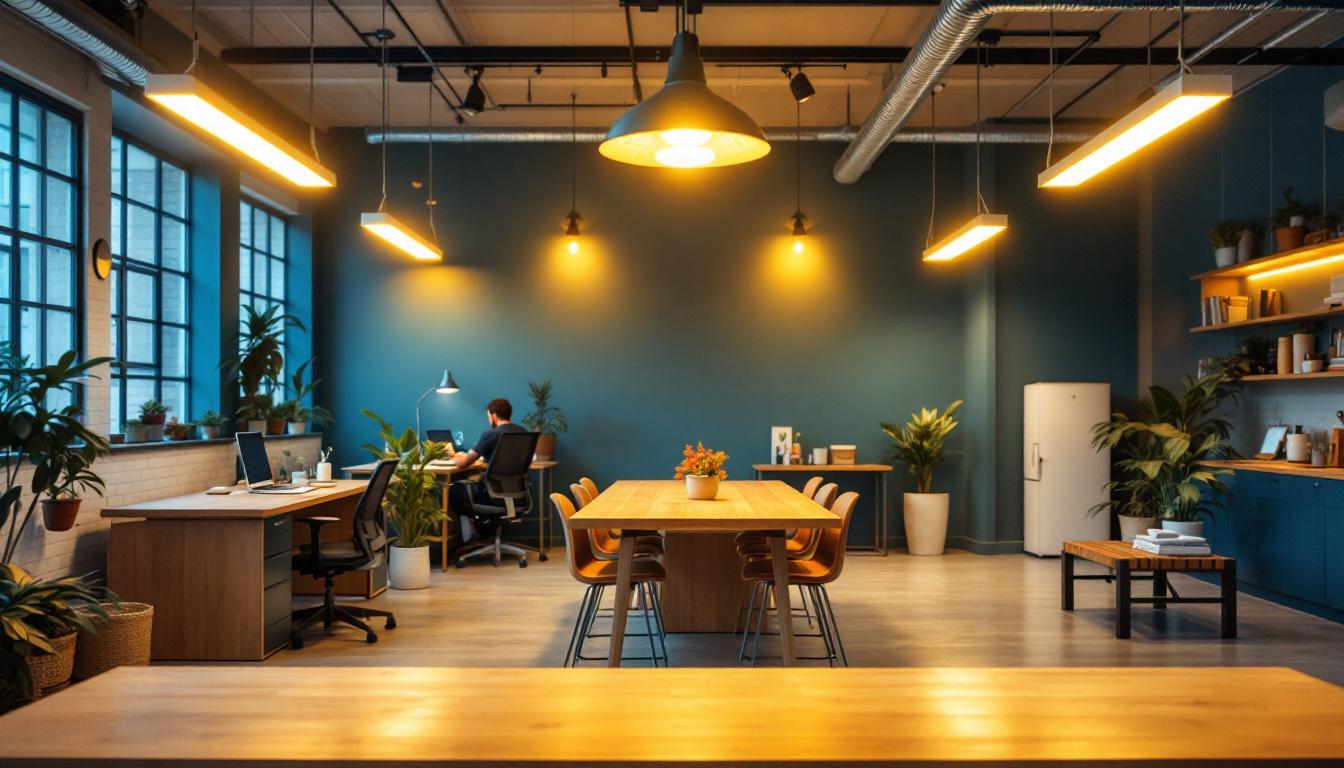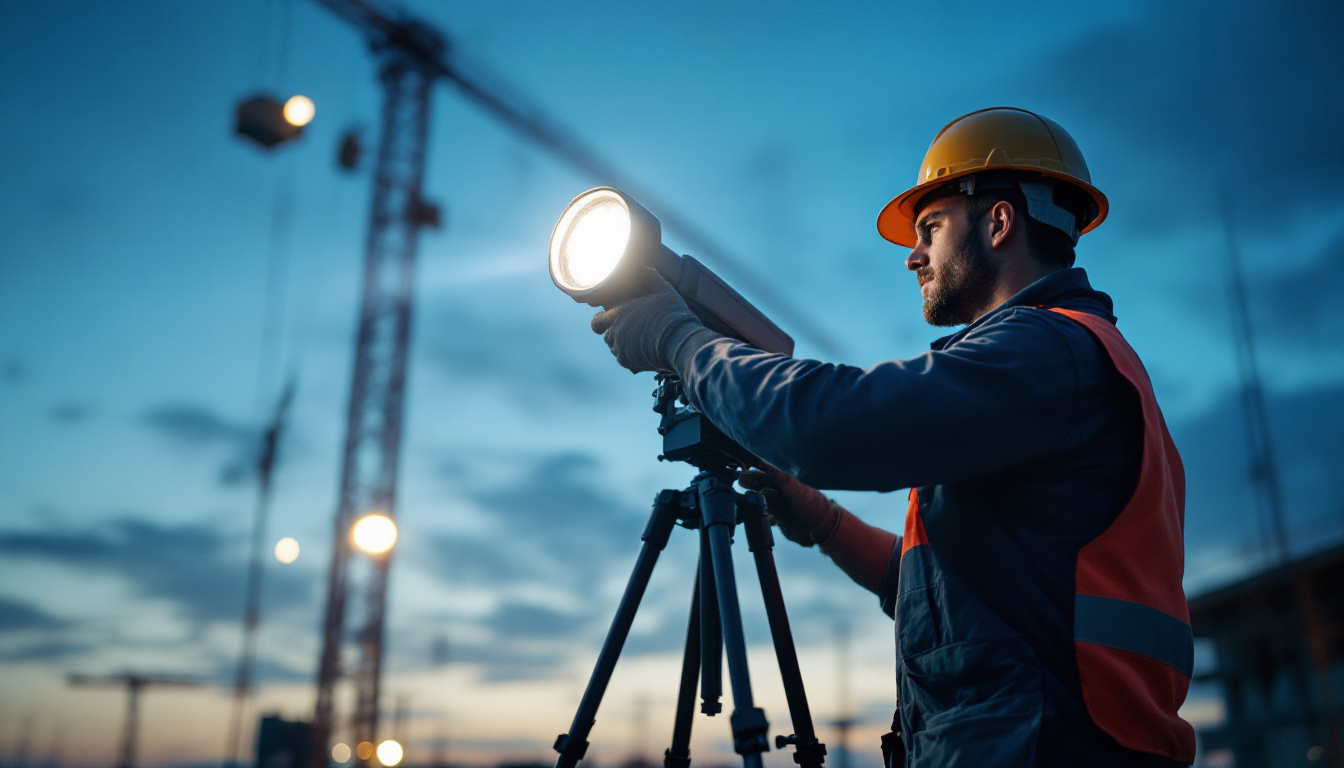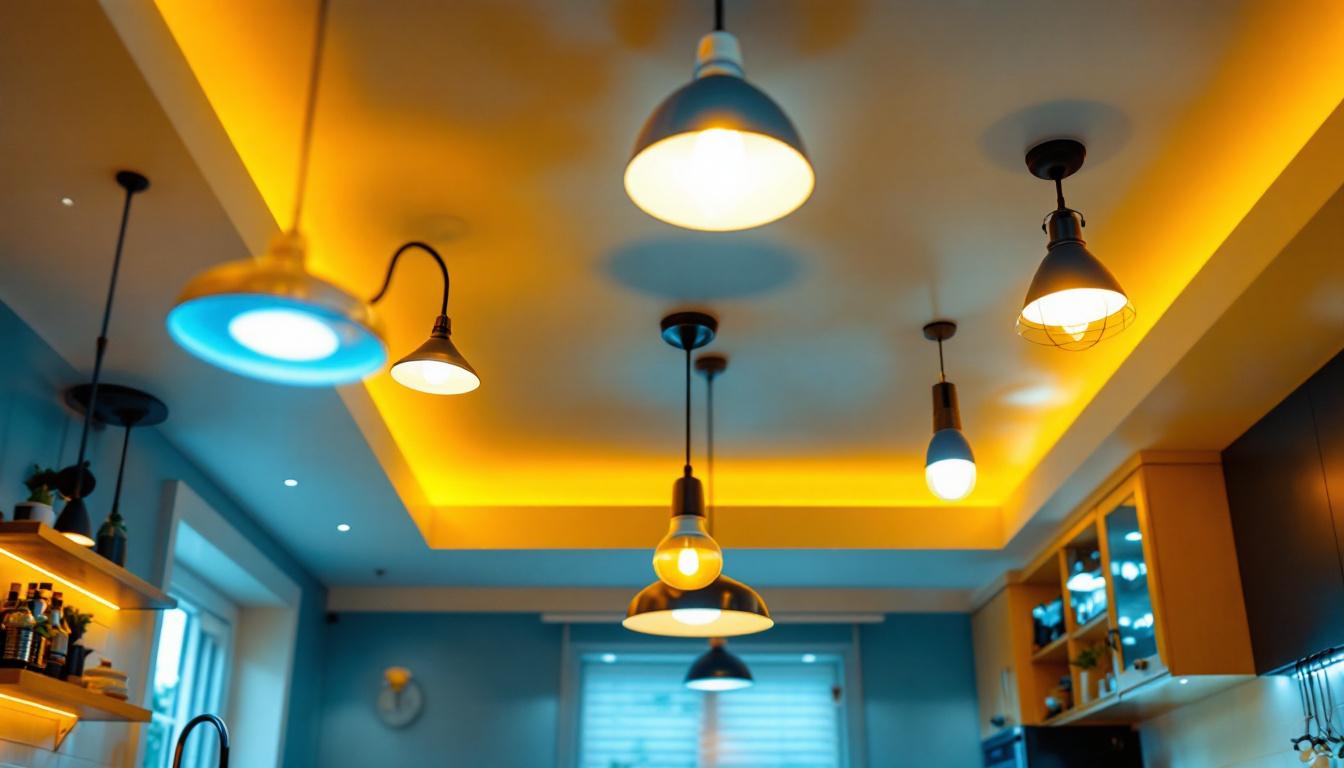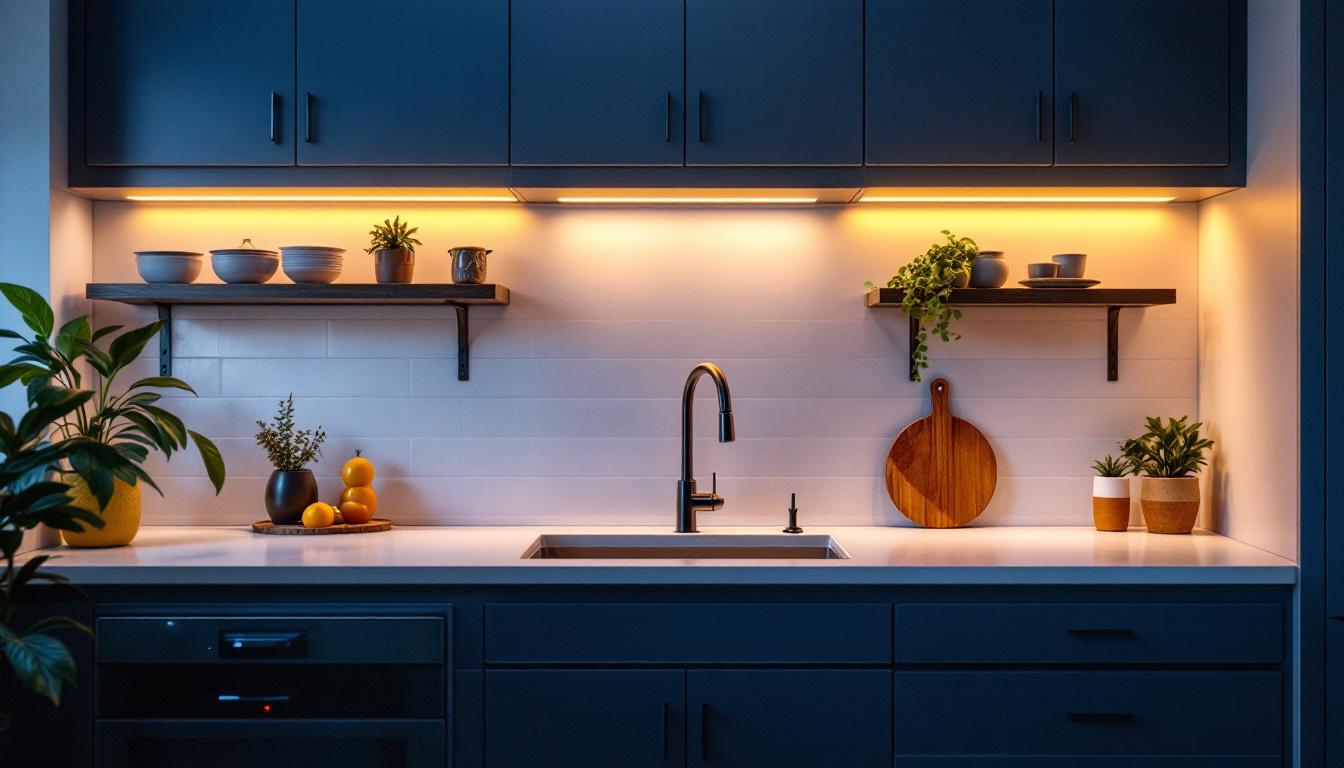
In the world of lighting installation, particularly in commercial and industrial settings, the choice of shop lights can significantly impact both functionality and energy efficiency. Among the various options available, 8-foot shop lights stand out for their ability to illuminate large areas effectively. This article delves into best practices for using 8-foot shop lights, specifically tailored for lighting contractors who seek to optimize their projects.
8-foot shop lights are designed to provide broad illumination, making them ideal for warehouses, garages, and large retail spaces. Their elongated design allows for fewer fixtures to be installed while still achieving adequate brightness across a wide area.
One of the primary advantages of these lights is their energy efficiency. Many modern 8-foot shop lights utilize LED technology, which consumes significantly less power compared to traditional fluorescent or incandescent bulbs. This not only reduces energy costs but also minimizes the frequency of replacements, leading to lower maintenance expenses.
Proper lighting is crucial for safety in any workspace. Adequate illumination reduces the risk of accidents and enhances visibility for tasks that require precision. In environments such as manufacturing plants or auto shops, where detailed work is common, 8-foot shop lights can provide the necessary brightness to ensure that employees can see clearly and work safely.
Moreover, the placement of these lights can be strategically planned to eliminate shadows and dark spots, further enhancing the overall safety of the workspace. By ensuring that every corner is well-lit, contractors can create a more productive and secure environment for workers. In addition to improving visibility, well-lit areas can also boost employee morale, as bright and inviting spaces tend to foster a more positive atmosphere. This can lead to increased productivity and job satisfaction, making the investment in quality lighting even more worthwhile.
Another notable benefit of 8-foot shop lights is their versatility in installation. They can be mounted on ceilings, suspended from hooks, or even installed in a grid layout, depending on the specific needs of the space. This flexibility allows lighting contractors to tailor their installations to the unique requirements of each project.
Additionally, many 8-foot shop lights come with adjustable features, such as dimming capabilities or color temperature adjustments. This adaptability can enhance the aesthetic appeal of a space and cater to various activities that may take place within it. For instance, in a retail environment, the ability to adjust the color temperature can create different moods that align with seasonal promotions or special events. Furthermore, the option to dim the lights can be particularly useful in settings where visual comfort is paramount, allowing for a more customized experience for both employees and customers alike.
When selecting 8-foot shop lights, lighting contractors must consider several factors to ensure they are making the best choice for their clients. The type of light source, color temperature, and additional features all play a crucial role in the overall effectiveness of the lighting solution.
The most common light sources for 8-foot shop lights include LED, fluorescent, and high-intensity discharge (HID) bulbs. Each type has its own advantages and disadvantages. LED lights are increasingly popular due to their longevity, energy efficiency, and low heat output. They can last up to 50,000 hours, significantly reducing replacement costs.
Fluorescent lights, while less efficient than LEDs, are still widely used due to their lower initial cost. However, they have a shorter lifespan and can flicker or dim over time. HID lights are powerful and suitable for high ceilings but require more energy and maintenance. Contractors should assess the specific needs of the space before making a decision. For instance, in a warehouse setting where high ceilings are common, HID might be the go-to choice for its brightness, while in a smaller garage or workshop, LEDs could provide the perfect balance of efficiency and light quality.
The color temperature of shop lights can greatly affect the ambiance and functionality of a space. Measured in Kelvin (K), color temperatures typically range from warm white (around 3000K) to cool white (5000K and above). For most industrial applications, a cooler color temperature is preferred as it mimics daylight and enhances visibility.
However, in retail environments or areas where a warmer atmosphere is desired, a lower color temperature may be more appropriate. Lighting contractors should consult with their clients to determine the best color temperature for their specific needs, ensuring that the lighting contributes positively to the overall environment. Additionally, the choice of color temperature can impact worker productivity and mood; cooler lights can enhance alertness, while warmer tones can create a more relaxed and inviting space, making it essential to align the lighting with the intended use of the area.
Modern 8-foot shop lights often come with a range of additional features that can enhance their functionality. For instance, some fixtures offer motion sensors, which can help save energy by automatically turning lights on and off based on occupancy. This is particularly useful in spaces that are not continuously occupied.
Other features may include adjustable brightness levels, integrated emergency lighting, and smart technology compatibility. These options can provide added value to clients, making the installation more efficient and tailored to their specific requirements. Furthermore, some advanced models come equipped with wireless control systems that allow users to adjust settings remotely via smartphone apps, offering convenience and flexibility. This is especially beneficial for businesses that operate in varying shifts or have different lighting needs at different times of the day, ensuring that the lighting adapts seamlessly to the workflow and enhances overall productivity.
Proper installation of 8-foot shop lights is essential for maximizing their effectiveness and ensuring safety. Lighting contractors should adhere to best practices to achieve optimal results.
Before installation, it is crucial to plan the layout of the lighting fixtures. This involves determining the optimal spacing between lights to ensure even illumination throughout the space. A common guideline is to space fixtures approximately 8 to 10 feet apart, but this can vary based on the height of the ceiling and the specific lighting needs of the area.
Contractors should also consider the direction of the light and how it will interact with the surfaces in the space. For example, reflective surfaces can amplify light output, while darker surfaces may absorb light, necessitating additional fixtures. Furthermore, the layout should take into account the activities that will be performed in the area. For instance, workspaces that require high visibility for detailed tasks may benefit from more concentrated lighting, while areas designated for general movement may only need ambient light.
Safety is paramount during the installation of any electrical fixtures. Contractors must ensure that all electrical connections are secure and comply with local codes and regulations. This includes using appropriate wiring and ensuring that circuits are not overloaded.
Additionally, it is advisable to use surge protectors to safeguard the lighting system from voltage spikes. This can prolong the lifespan of the fixtures and reduce maintenance costs in the long run. It is also important to verify that the fixtures are rated for the environment in which they will be installed, particularly in areas that may be exposed to moisture or dust. Using fixtures designed for such conditions can prevent premature failure and ensure consistent performance over time.
Once the installation is complete, thorough testing is essential. Contractors should check each fixture to ensure it is functioning correctly and providing the desired level of illumination. Adjustments may be necessary to optimize light distribution and eliminate any dark spots.
After testing, it is beneficial to conduct a walkthrough with the client to ensure satisfaction with the lighting setup. This collaborative approach not only fosters trust but also allows for any last-minute adjustments based on the client’s feedback. Moreover, it is advantageous to educate the client on the operation and maintenance of the lighting system, including how to replace bulbs and troubleshoot common issues. Providing this knowledge empowers the client to take proactive measures in maintaining their lighting, ensuring it remains effective and efficient for years to come.
Regular maintenance is key to ensuring the longevity and effectiveness of 8-foot shop lights. Lighting contractors should educate their clients on the importance of routine checks and upkeep.
Dust and debris can accumulate on light fixtures over time, diminishing their brightness and efficiency. Regular cleaning of the fixtures, including the lenses and reflectors, is essential to maintain optimal light output. Contractors can recommend a cleaning schedule based on the environment, such as more frequent cleanings in dusty or industrial settings.
In addition to cleaning, periodic inspections should be conducted to check for any signs of wear or damage. This includes examining wiring, connections, and the integrity of the fixtures themselves. Early detection of issues can prevent more significant problems down the line.
As technology continues to evolve, lighting contractors should stay informed about the latest advancements in lighting solutions. Upgrading to newer models with improved energy efficiency or enhanced features can provide significant benefits to clients.
For instance, retrofitting existing fixtures with LED modules can drastically reduce energy consumption and maintenance costs. Contractors should be proactive in suggesting upgrades to clients, emphasizing the long-term savings and benefits of modern lighting technology.
8-foot shop lights offer a versatile and efficient lighting solution for a variety of commercial and industrial applications. By understanding the benefits, choosing the right type, adhering to installation best practices, and emphasizing maintenance, lighting contractors can deliver exceptional results to their clients.
As the demand for energy-efficient and effective lighting continues to grow, staying informed about the latest trends and technologies in the industry will be crucial for contractors. By adopting these best practices, lighting professionals can enhance their expertise and provide outstanding service in the field of shop lighting.
Ready to elevate your lighting installations with the best in 8-foot shop lights? Look no further than LumenWholesale, where we provide contractors with superior, spec-grade lighting products at prices that can’t be beaten. Our commitment to quality and affordability means you can access an extensive selection of industry-standard lighting without the extra costs. Plus, with free shipping on bulk orders, you can stock up on premium lighting solutions without worrying about hidden fees. Make your next project shine and experience the convenience of LumenWholesale by visiting Wholesale Lighting at the Best Value today.

Discover essential tips and techniques for lighting contractors to effectively use waterproof wire caps, ensuring safe and durable outdoor lighting installations.

Discover why outdoor work lights are essential tools for lighting contractors.

Discover the ultimate guide to kitchen ceiling lighting with our essential checklist tailored for lighting professionals.

Discover the latest trends in hardwired under cabinet LED lighting that every lighting contractor needs to know.